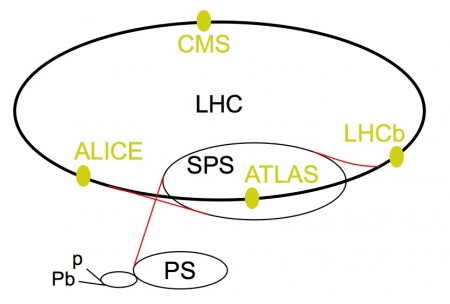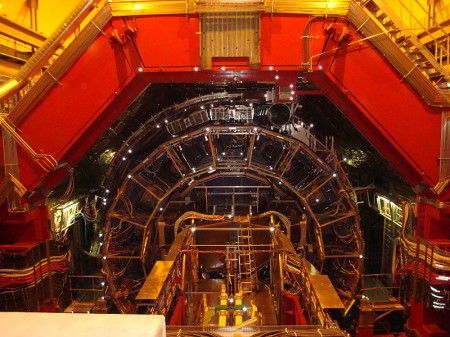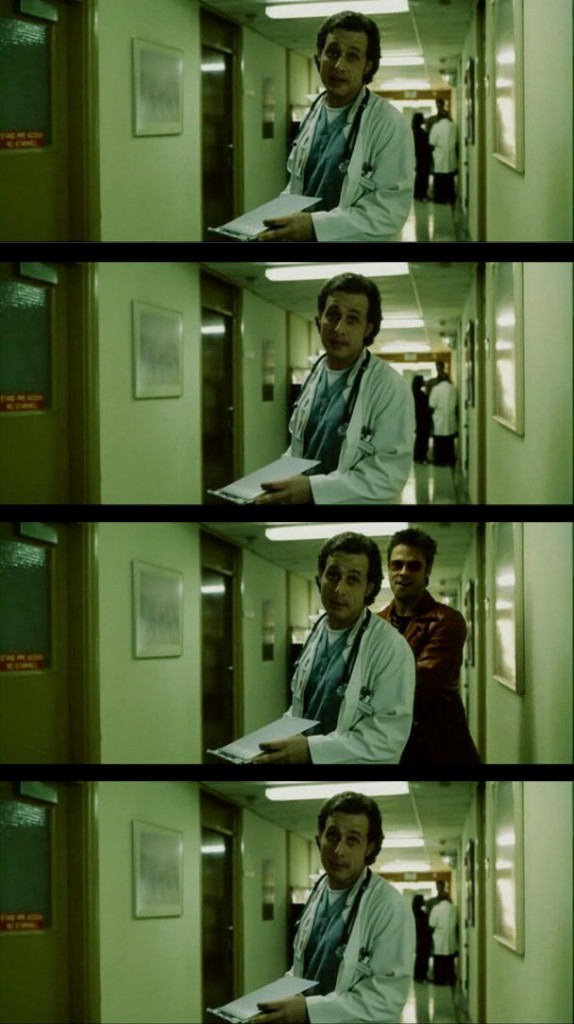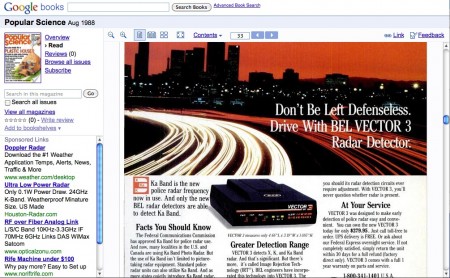Pasovna širina interakcije
This post originally appeared on the blog of our start-up Obelisk on July 9, 2010
There’s a serious problem we all face, but barely have a name for it. It becomes painfully obvious when we chat using IM. You’ve been there: typing as fast as you can, even tolerating all the typos you make1 to get the point across. Nevertheless, your thoughts are always one step ahead of your fingers.
In such situations I tend to pick up the phone and call the person, and we have everything sorted out in 5 minutes, without hassle. Real-time voice communication is obviously superior to real-time written communication. We might claim it has much greater bandwidth, and it does: both in technical terms, where more network bandwidth is actually required to transmit the voice than to transmit a series of ASCII characters, as well as in terms of our perception: it carries much more information (is the speaker alert, sleepy, annoyed?).
Sometimes voice is not enough and we need to communicate using visual material. It’s all too well known that a picture is worth a thousand words, but it becomes painfully obvious, when you try to discuss a complex technical drawing with a person who doesn’t have it, over the phone. Sheer number of words necessary to describe what in the picture goes where can require dozens of minutes, yet the understanding could be gained in a blink of an eye. Visual bandwidth of our perception is yet greater than our audio bandwidth.
As the digital world becomes bigger and bigger, encompassing all the information humans have ever produced, digital representations of all our friends and even entire virtual worlds (like Second Life or MPK20), our interaction with it has not changed in years.
Since 1948, when one of the first keyboards was used2, not much has changed in our interaction with computers. To be fair, we can’t forget the introduction of a computer mouse in 1981 and later touch-enabled screens to basically emulate the mouse and interact more directly with pixels on the screen.
It’s really a shame that the majority of the things we do in our digital worlds are performed by pressing complex combinations of buttons — actions which yield only a handful of bytes of information and are as low-bandwidth as they get. In the real life, we move things, manipulate them with our hands; and we see the results immediately — in real-time, if you will.
This is a problem in itself, limiting the information flow between digital and physical world, as well as presenting a steep and long learning curve for someone who hasn’t learned the Ctrl-C Ctrl-V vocabulary yet.
We’ve put a man on the moon. There has to be a better way.
And there is. It’s tangible user interfaces. A research field gaining more and more interest. Just take a look at what the guys at MIT Media Lab are doing with it in the video below.
Here at Obelisk, we are trying hard to solve what we believe are increasingly important problems with communication overload by throwing at them some of the hottest technologies behind tangible user interfaces today.
- in the name of science, of course:http://www.foxnews.com/story/0,2933,511177,00.html [↩]
- http://inventors.about.com/od/computerperipherals/a/computer_keyboa.htm [↩]





Reply
You must be logged in to post a comment.